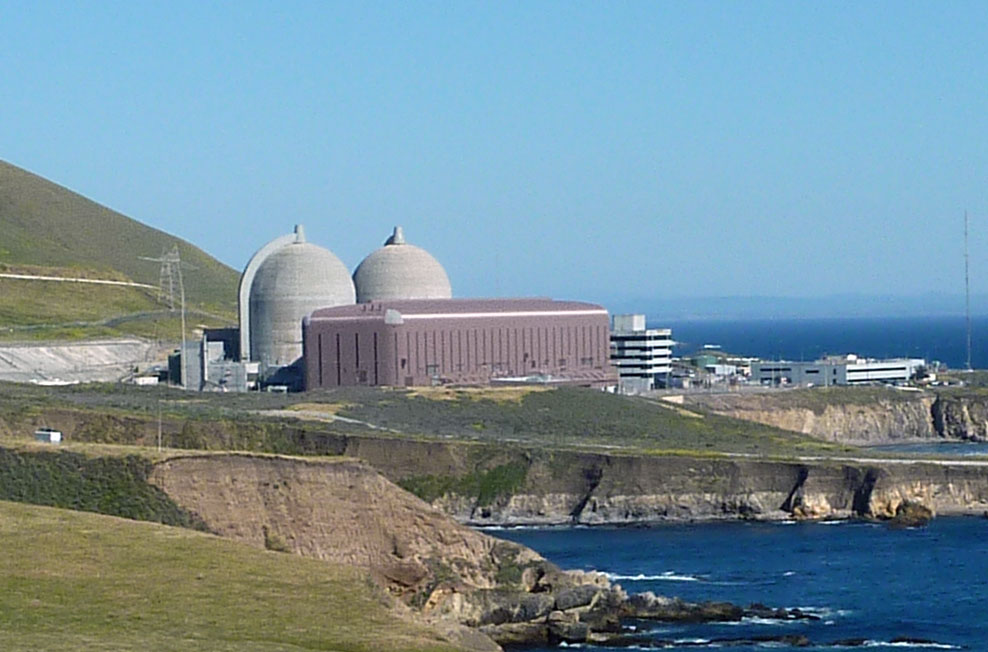 LCI is recognized throughout the United States and internationally as a leader in seismic hazard analysis for critical and other high-consequence facilities (e.g., nuclear power plants, dams, and conventional structures).
LCI is recognized throughout the United States and internationally as a leader in seismic hazard analysis for critical and other high-consequence facilities (e.g., nuclear power plants, dams, and conventional structures).
Our professionals deliver methods, technical expertise, and quality to meet our clients’ objectives in a manner that reflects our strong belief that quality science and engineering result in the best-informed decision making for facility owners and operators. LCI professionals have over 50 years of experience playing key roles in developing industry design guidelines and regulations and have provided earthquake analysis and design inputs on over 100 projects. For critical decisions, LCI provides the highest quality of integrated services for earth sciences and earthquake engineering using our proprietary state-of-the-art seismic hazard software. Many of these evaluations involve development of seismic source models and ground motion models, and include detailed ground motion evaluations. LCI’s engineers and geologists have performed more PSHA studies for high-consequence facilities than any other firm in the world. In the post-Fukushima environment, all new seismic hazard studies (e.g., site-specific or regional assessments) are performed as Senior Seismic Hazard Analysis Committee (SSHAC) Level 3 studies.
A significant benefit of LCI’s technical services is integration between earth sciences and earthquake engineering. Seismic hazard analyses completed by the LCI team, typically include acquisition and interpretation of field data combined with state-of-the-art analysis to calculate engineering results to inform analysis and design decisions.
Services:
- Probabilistic Seismic Hazard Analysis (PSHA) and Deterministic Seismic Hazard Analysis (DSHA)
- Seismic source characterization
- Ground motion characterization
- Senior Seismic Hazard Analysis Committee (SSHAC) studies
- Seismic hazard analysis and sensitivity studies
- Deaggregation, controlling earthquake design spectra
- Design spectra and corresponding ground motion time histories including strain-compatible properties
- Site Response
- Site effects on earthquake ground motion using Random Vibration Theory
- Dynamic effects of geologic profiles at a site
- State-of-the-art randomization of geologic properties
- Calculation of spectrally-matched time histories and hazard consistent strain compatible properties
Representative Projects:
United States
- Clinch River Small Modular Reactor (SMR) ESP Project, Tennessee Valley Authority
- Diablo Canyon NPP, SSHAC Level 3, Pacific Gas & Electric
- Hanford Site, SSHAC Level 3, US Department of Energy
- Lawrence Livermore National Laboratory, Participatory Peer Review, SSHAC Level 2, US Department of Energy
- Los Alamos National Laboratory, Paleoseismic Trenching Investigation, US Department of Energy
- Paducah Gaseous Diffusion Plant, PSHA Update, US Department of Energy
- Stewart County COLA Project, Southern Nuclear Company
- William States Lee III NPP COLA Project, Duke Energy/ENERCON Services Inc.
- Post-Fukushima 50.54F Studies:
- Electric Power Research Institute Studies
- 62 NPP Operating Sites – PSHA and GMRS Evaluations, EPRI
- 2013 Ground Motion Review Project EPRI (2004) GMM
- Duke Energy
- S-PRA for Catawba NPP
- S-PRA for Oconee NPP
- Westinghouse Electric Company
- Palo Verde NPP, Arizona Public Services
- VC Summer NGS, Units 1 and 2, SCE&G Company
- Wolf Creek Generating Station, Wolf Creek Nuclear Operating Corporation
- Consolidated Interim Storage Facility, PSHA Study, Waste Control Specialists
- Electric Power Research Institute Studies
International
- Taiwan Power Company, Reevaluation of PSHA using SSHAC Level 3 Study, Taiwan National Center for Research on Earthquake Engineering
- Taiwan Power Company, Probabilistic Fault Displacement Analysis (PFDHA) for Hengchun Fault
- Swiss Nuclear, PEGASOS Project, SSC and PSHA Studies
